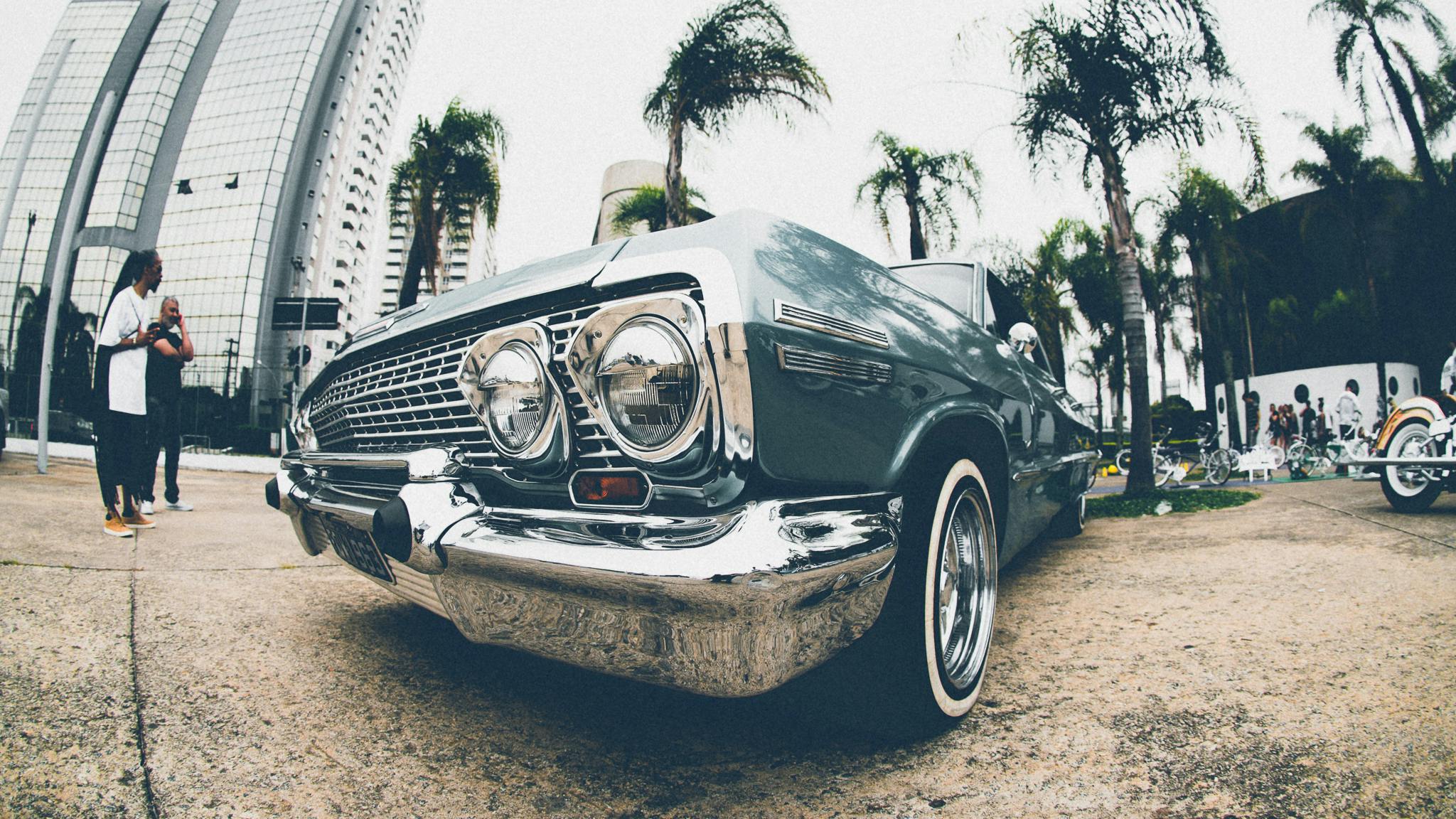Buying a used car in 2009
Most people are trying to save money when they buy a used car. Used cars are cheaper to buy, insure, register, and pay taxes on. A key reason for many people is depreciation in the first year of a new car. A new car can depreciate up to 30% in the first year.
Used cars are popular options for parents buying a car for their children. They want something safe and reliable, but aren’t that particular about what it looks like, so dents and dings aren’t that big of a deal. They mainly want to avoid buying a used car that will need major repairs.
A good place to start is to make a list of the cars that interest you most. Cars like the Toyota Camry, which are considered very reliable and have a long history of lasting for years, can be a good choice. This list will naturally depend on the type of car you need. If you live in a snow belt, you may want to get a 4-wheel drive vehicle or at least a front-wheel drive vehicle that handles well in snow. You may need a van to transport things. Once you know what type of vehicle you need, make a list of the models you want to look at.
The Internet has many resources you can use to build your list and check the fair market value and technical specifications of the cars you are interested in. Check out lists of the most reliable cars over time. Car and Driver has an annual list of the top five cars in each category. See what cars they have recommended in recent years and review them. Kelley Blue Book (www.kbb.com) and Edmunds.com provide fair market value information, technical specifications and reviews for used cars, trucks and SUVs.
Once you start looking for used cars, be sure to find out if the car has been in an accident and it’s great if the seller has repair records and maintenance history. If you’re buying from a used car dealer, ask if there’s a warranty.
Do a good inspection of the car, exterior, interior, and engine. Is the engine clean? Are fluid levels okay? Do you see signs of any leaks under the vehicle? Make sure you test drive the car, the longer the better. Leave the radio off so you can hear any strange noises. Notice how the car takes bumps, how many rattles you hear, and engine noises. Check particularly under the exhaust system.
When you find the used car you want and have agreed on a price with a used car dealer, be sure to read the fine print on everything you sign. Once you sign, it’s a done deal. Many people are afraid of dealing with used car dealers, but if you do your homework, inspect and test drive the car, you’ll avoid most pitfalls. Plus, dealing with a reputable used car dealer you can trust can make the process enjoyable.
